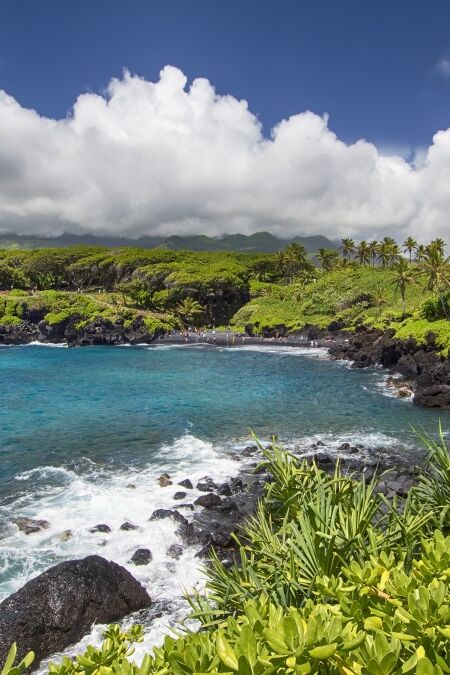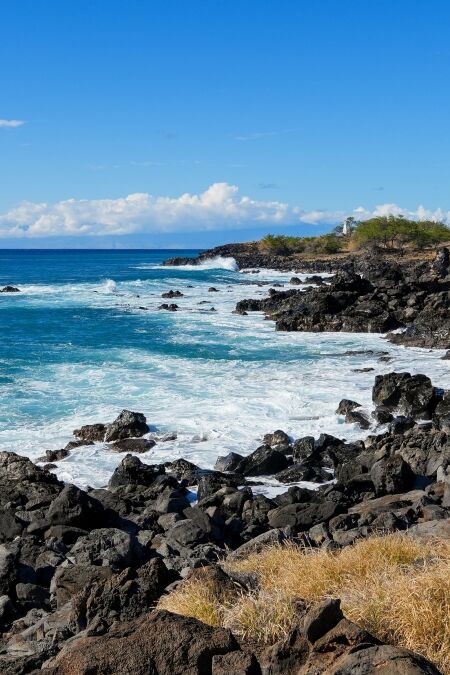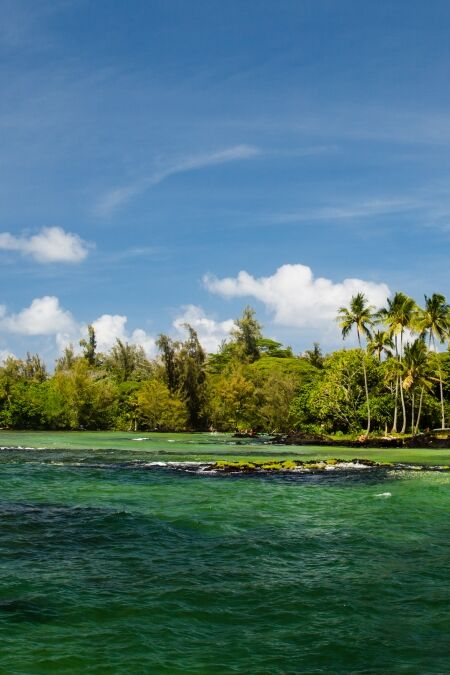Haena State Park, located on the north shore of Kauai, is a must-visit destination known for its breathtaking natural beauty and rich cultural history. The park allows visitors to explore iconic sites like Kee Beach, famous for snorkeling, and the Kalalau Trail, one of Hawaii’s most stunning coastal hikes. This guide provides everything you need to know when planning your visit, including park highlights, activities, and essential tips for exploring Haena’s stunning landscapes and historic landmarks.
Highlights
- Hike along one of the most scenic and challenging trails in Hawaii, offering breathtaking views of the Na Pali Coast.
- Discover the vibrant marine life just off the shore at Ke’e Beach, a perfect spot for snorkeling in calm waters, especially during the summer months.
- Soak in panoramic views of the Pacific Ocean and the rugged coastline from one of the park’s most picturesque lookout points.
- Take a walk through the ancient Maniniholo Dry Cave, a geological wonder with cultural significance tied to Hawaiian legends.
- Learn about the sacred origins of Haena and its ties to ancient Hawaiian legends, with interpretive signage to guide you through the park’s cultural sites.
- Enjoy a laid-back day at the beach or a picnic amidst stunning natural surroundings.
History
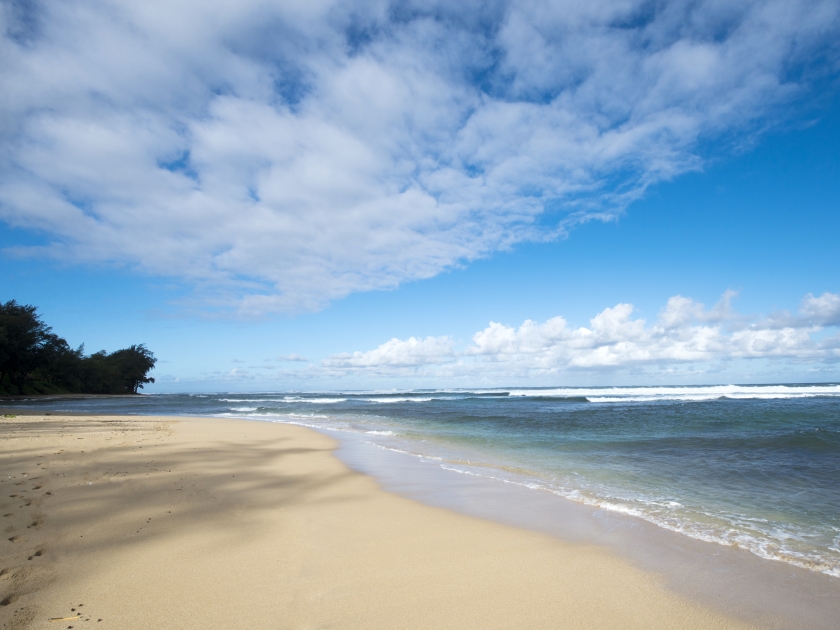
The name “Haena” translates to “end of the road” in Hawaiian, reflecting its remote and secluded location. This park offers visitors a glimpse into ancient Hawaiian life, breathtaking natural beauty, and a commitment to preservation.
Ancient Hawaiian Heritage
Sea Caves and Archaeological Sites
Haena State Park is home to several sea caves, some of which are estimated to be over 4,000 years old. These caves were once used by ancient Hawaiians for shelter and religious ceremonies, making them an important part of the region’s archaeological history. These sacred places offer a unique connection to the island’s past, allowing visitors to step back in time and experience the way ancient Hawaiians interacted with their environment.
Hula and Religious Sites
Above the park’s beaches, you’ll find archaeological sites that reflect the importance of the hula dance in Hawaiian culture. One of the most significant is a heiau (shrine) dedicated to the goddess Laka, the goddess of hula. This sacred site served as a place of worship and practice for those performing hula, which is not just a dance but also a way of preserving stories, history, and traditions.
Modern History
State Park Designation
In the early 20th century, Haena was officially designated as a state park. This move was aimed at preserving both its natural beauty and its deep cultural roots. By securing the park’s status, efforts to protect its unique landscapes and significant historical sites were put into place, allowing future generations to experience its wonders.
Community Management and Preservation
In recent years, the management of Haena State Park has transformed. Local communities have taken an increasingly active role in the park’s conservation efforts, helping to protect its delicate ecosystem and rich cultural heritage. This community-led approach has ensured that the park’s historical and environmental treasures are preserved while honoring the traditions of the land.
Challenges and Conservation Efforts
Tourism and Environmental Impact
As one of Kauai’s most popular destinations, Haena State Park faces challenges due to increased tourism. The rise in foot traffic, combined with erosion and the presence of invasive species, has put pressure on the park’s natural and cultural resources. These environmental impacts have necessitated a shift towards more sustainable management practices.
Conservation Initiatives
To combat these issues, Haena State Park has implemented various conservation measures. The park now limits the number of visitors each day, restricts vehicle access, and promotes responsible tourism practices. These efforts aim to reduce the environmental impact of tourism while ensuring that the park’s fragile ecosystem is protected. Ongoing conservation programs have made the park a model for sustainable tourism in Hawaii.
A Legacy of Preservation
Today, Haena State Park remains a beloved destination for those seeking to experience both the natural beauty and the cultural heritage of Hawaii. The park’s commitment to preservation ensures that its historical and environmental significance will continue to be appreciated for generations to come.
Park Highlights
Kee Beach
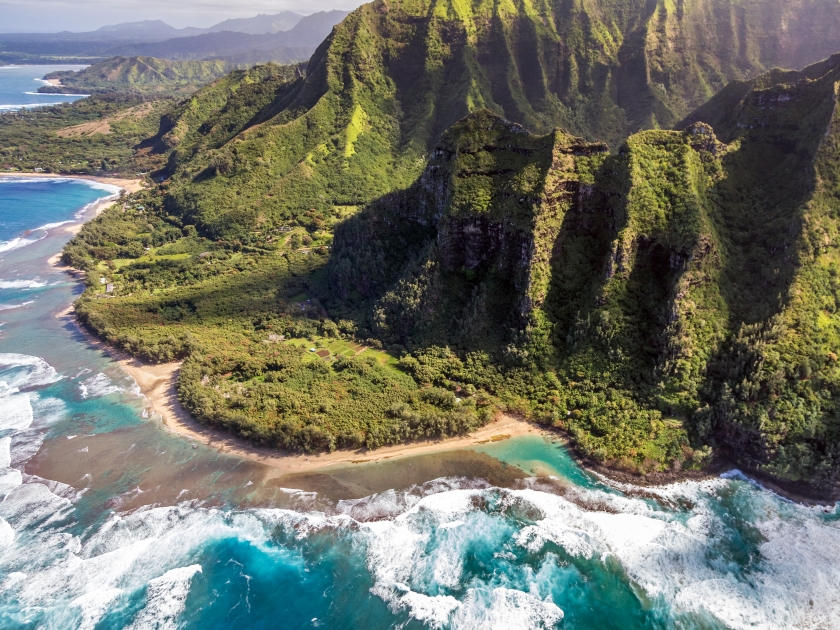
Kee Beach is a serene and picturesque spot known for its excellent snorkeling opportunities, especially during the calm summer months when the waters are crystal clear. It offers stunning views of the surrounding cliffs and ocean. However, visitors should exercise caution during the winter season, as the currents can become dangerously strong.
Kalalau Trailhead
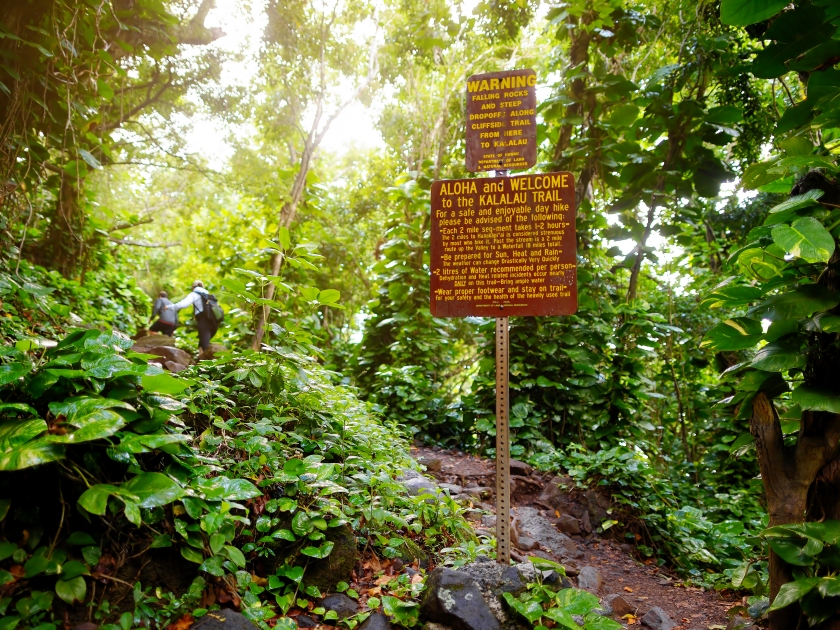
The Kalalau Trailhead, located within Haena State Park, marks the beginning of the iconic 11-mile trail along the Na Pali Coast, renowned for its dramatic views and challenging terrain. For a shorter adventure, hikers can explore the first few miles to Hanakapiai Beach or continue to Hanakapiai Falls for a rewarding day hike.
Cultural and Historical Sites
Haena State Park is home to ancient Hawaiian temples, or heiau, and other sacred sites that reflect the deep cultural history of the area. The Ke’e Heiau, in particular, holds spiritual significance and offers visitors a chance to connect with the cultural heritage of the Hawaiian people while exploring this beautiful park.
Things to Do
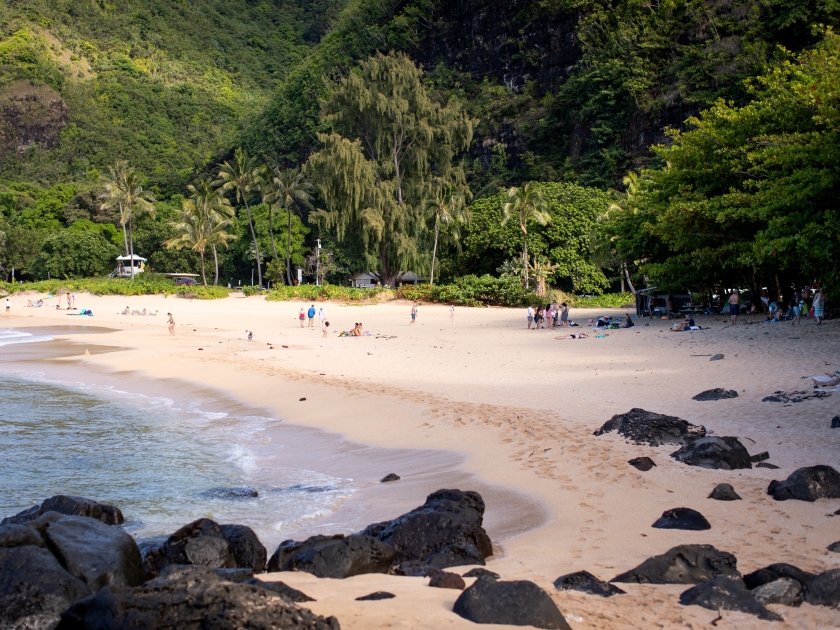
Hiking
Hiking the Kalalau Trail is one of the top activities at Haena State Park, offering breathtaking views of the Na Pali Coast. For those planning to complete the full 11-mile trek, permits are required. Shorter hikes, like the trail to Hanakapiai Beach or Falls, are available without a permit but still provide a rewarding outdoor experience.
Snorkeling and Swimming
Snorkeling and swimming at Kee Beach are popular during the calm summer months when the water is clear and gentle. The beach is ideal for spotting vibrant marine life and enjoying the peaceful surroundings, but visitors should avoid swimming during winter due to strong currents.
Wildlife Viewing
Haena State Park offers excellent wildlife viewing opportunities, from native Hawaiian bird species to marine life along the coast. Visitors may spot seabirds soaring above the cliffs or vibrant fish while snorkeling at Kee Beach, making it a haven for nature enthusiasts.
Photography Opportunities
The park provides unparalleled photography opportunities, with its dramatic landscapes of the Na Pali Coast, lush tropical forests, and pristine beaches. Whether capturing the coastline from Kee Beach or the lush greenery along the Kalalau Trail, the park is a photographer’s paradise.
What to Expect
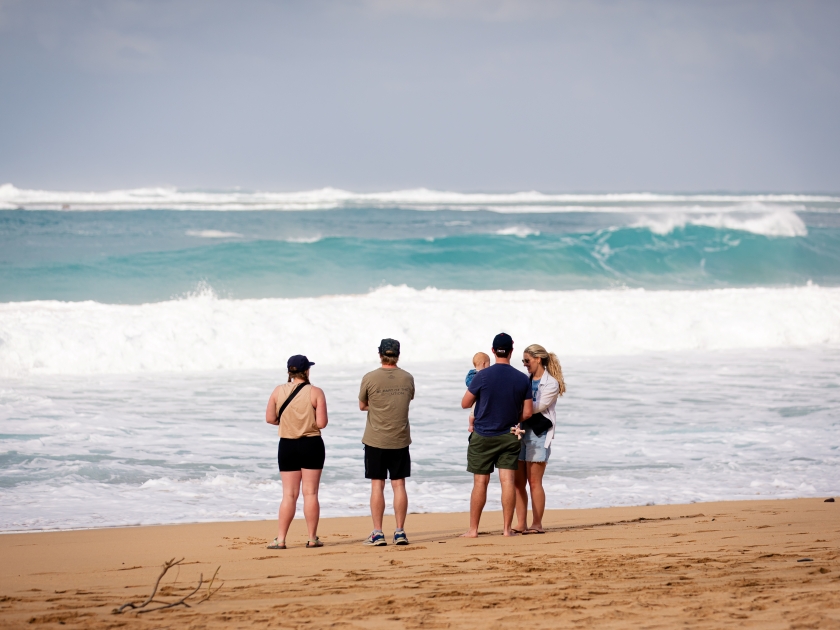
Entry Requirements
To visit Haena State Park, reservations are required in advance, and parking permits must be secured for those arriving by car. This system ensures a controlled number of visitors, preserving the natural beauty and minimizing overcrowding. Plan to secure your spot and avoid being turned away.
Best Time to Visit
The best time to visit Haena State Park is during the summer months, from May to September when the weather is sunny, the ocean is calm, and activities like snorkeling and hiking are at their peak. Visiting during these months also ensures fewer risks from dangerous currents and better conditions for exploring.
Facilities
Haena State Park offers basic amenities, including restrooms and picnic areas for visitors to enjoy a comfortable day at the park. Nearby parking is available with a permit, but since spaces are limited, it’s crucial to reserve ahead of time to secure a spot.
Tips for Visiting
- Make Reservations in Advance: Both entry and parking permits are required and must be reserved ahead of time.
- Arrive Early: Limited parking is available, so arriving early ensures a smooth start to your visit.
- Pack Essentials: Bring plenty of water, sunscreen, and snacks, as amenities are limited.
- Check Weather Conditions: The park is best visited during the summer months for ideal weather and calm seas.
- Wear Appropriate Footwear: If hiking, especially on the Kalalau Trail, wear sturdy shoes suitable for rugged terrain.
- Snorkel Safely: Snorkel at Kee Beach during calm conditions, and avoid the water during winter due to strong currents.
- Respect Cultural Sites: Be mindful of the sacred heiau and other cultural landmarks, avoiding touching or climbing on them.
- Stay on Designated Trails: Protect the environment by staying on marked paths and trails to prevent erosion and protect native species.
Best Times to Visit
The best time to visit Haena State Park is during the summer months, from May to September, when the weather is sunny, and the ocean conditions are calm, making it ideal for snorkeling and hiking. These months offer the safest and most enjoyable experiences, especially for activities like exploring the Kalalau Trail or snorkeling at Kee Beach. Visiting during the off-season can bring unpredictable weather, stronger currents, and limited access to certain activities.
Nearby Attractions
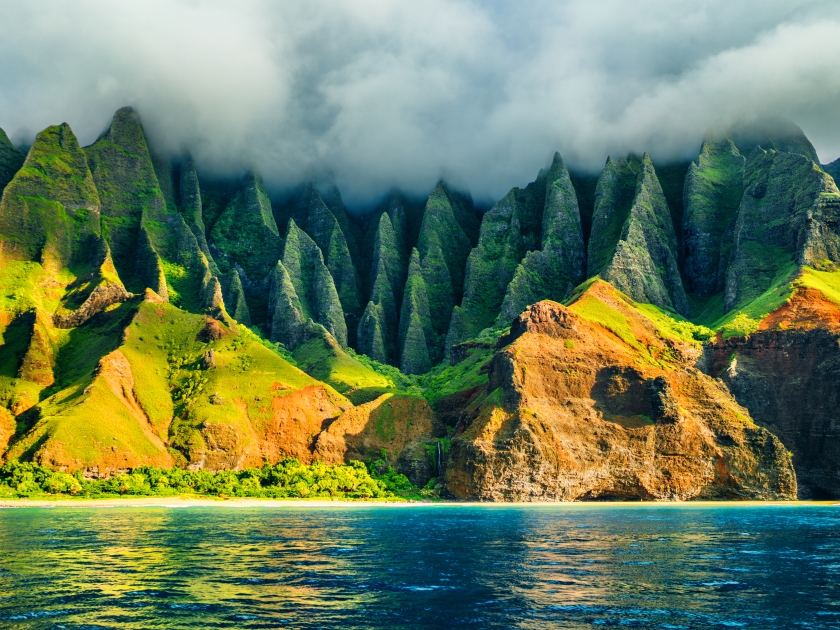
Haena State Park is surrounded by several must-see attractions. Na Pali Coast State Wilderness Park is ideal for those seeking extended adventures along the breathtaking coastline. Hanakapiai Beach and Falls offer a rewarding day hike with stunning scenery, while the Limahuli Garden & Preserve provides a peaceful retreat, showcasing native Hawaiian plants and the area’s rich botanical heritage.
Frequently Asked Questions (FAQs)
You can obtain a permit for Haena State Park through the official park website, and it’s recommended to book well in advance due to limited availability.
Yes, swimming is allowed at Ke’e Beach in Haena State Park, but conditions can be dangerous in winter due to strong surf.
Parking is available, but it requires a reservation, which can be made online through the park’s reservation system.
Haena State Park is open daily from 7 a.m. to 6:45 p.m., but the exact hours may vary, so checking in advance is advised.
Yes, there is an entrance fee, and visitors also need to reserve parking or use a shuttle service.
No, camping is not permitted in Haena State Park, but you can enjoy day trips to explore its natural beauty.
How to Get There
By Car
To reach Haena State Park by car, start from Lihue and drive along Kuhio Highway (Route 56) heading north. Continue on Route 560 past Hanalei until you reach Haena, where the park is located near the end of the road. Beware that parking reservations are required, so be sure to book your spot in advance.
By Bus
For those opting to use public transportation, take the Kauai Bus. The route servicing Hanalei will bring you close to the park entrance; however, keep in mind the need for vehicle permits and park reservations, even when arriving by bus.
Journey Through Time and Terrain
Haena State Park is where Kauai’s natural beauty and rich cultural history come together in a captivating experience. This park is a paradise for outdoor enthusiasts and culture lovers alike. With its stunning landscapes and deep cultural roots, it’s a must-visit destination for any adventurer. Be sure to plan and secure your reservation to fully embrace the magic of Haena State Park.


